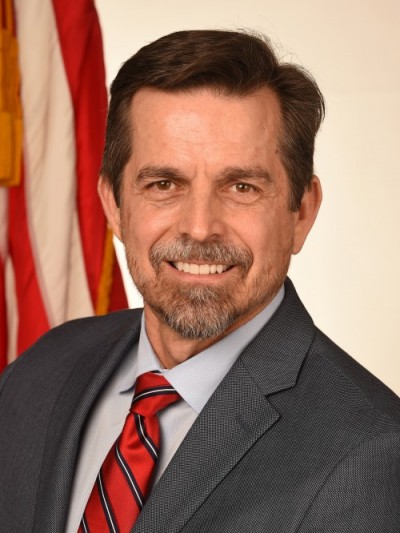New HIV Prevention Model Published
Topics

Starting before I came to HHS in January 2016, I had the pleasure of being a part of discussions about the development of an HIV prevention model that would complement the HIV care continuum. This work was initiated under the leadership of Tim Horn and Jerimiah Johnson at the Treatment Action Group (TAG) in New York, with support from the Foundation for AIDS Research. They brought together a diverse group of researchers, educators, advocates, clinicians, governmental staff, people at risk for or living with HIV and others to do this work. A full list of all the people who were involved is provided in the Acknowledgements section here Exit Disclaimer.
The basic idea behind this effort was that we needed a better way of articulating what prevention should look like today. There was also a basic desire to develop a clear and simple model that would help guide prevention in the way that the HIV care continuum has provided a strong foundation for so much of what we do in HIV prevention and care.
The goal of developing a prevention continuum is one that is deceptively simple on its face. It seemed like it should be relatively easy to do, but it was not. With HIV care, there is a clear consensus that everyone living with HIV should achieve all of the outcomes along the HIV care continuum. Each person may need a different mix and level of services, but we want everyone to achieve the same outcome.
When it comes to prevention, we want everyone to remain free of HIV infection, and we want everyone to know their HIV status, and to have the knowledge and skills that they need to remain HIV negative. But exactly what that looks like can vary considerably based on risk assessment and individual needs and preferences. For example, not everyone who is at risk for HIV is a good candidate for PrEP. Even among those for whom PrEP is indicated, other prevention strategies may be easier for them to adopt and use consistently. The services and intermediate goals of prevention are so much more complex compared to HIV treatment because there are so many different ways to achieve the goal of remaining HIV negative.I am impressed with the prevention model Exit Disclaimer that came out of this work. It connects clearly to the HIV care continuum, which also plays an essential role in preventing new HIV infections. It is adaptable to individual needs and is clearly presented as an ongoing process. To me, however, the most important thing that it accomplishes is that it very clear demonstrates the continued importance of primary prevention in our collective work to stop the HIV epidemic.
The contribution of the model was recognized by the editors and reviewers of the Journal of the International AIDS Society. The journal recently published a peer-reviewed article describing the HIV prevention modelExit Disclaimer and its development. It was published as an open-access report, which means that everyone can access it without charge.
I want to congratulate everyone who was part of this work on this important contribution to the field. I was happy to contribute in a small way to these discussions and look forward to seeing how the model is used and adapted over time as we continue to improve our efforts to reduce the numbers of new HIV infections that occur in the United States and around the world.